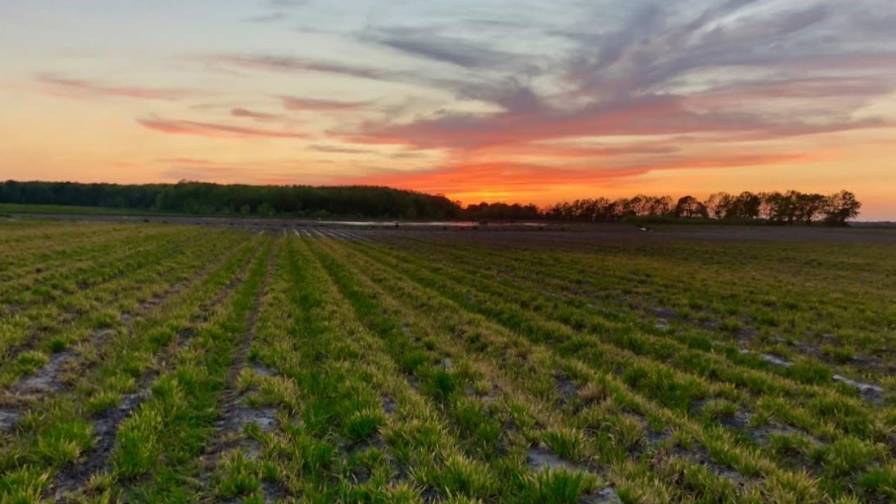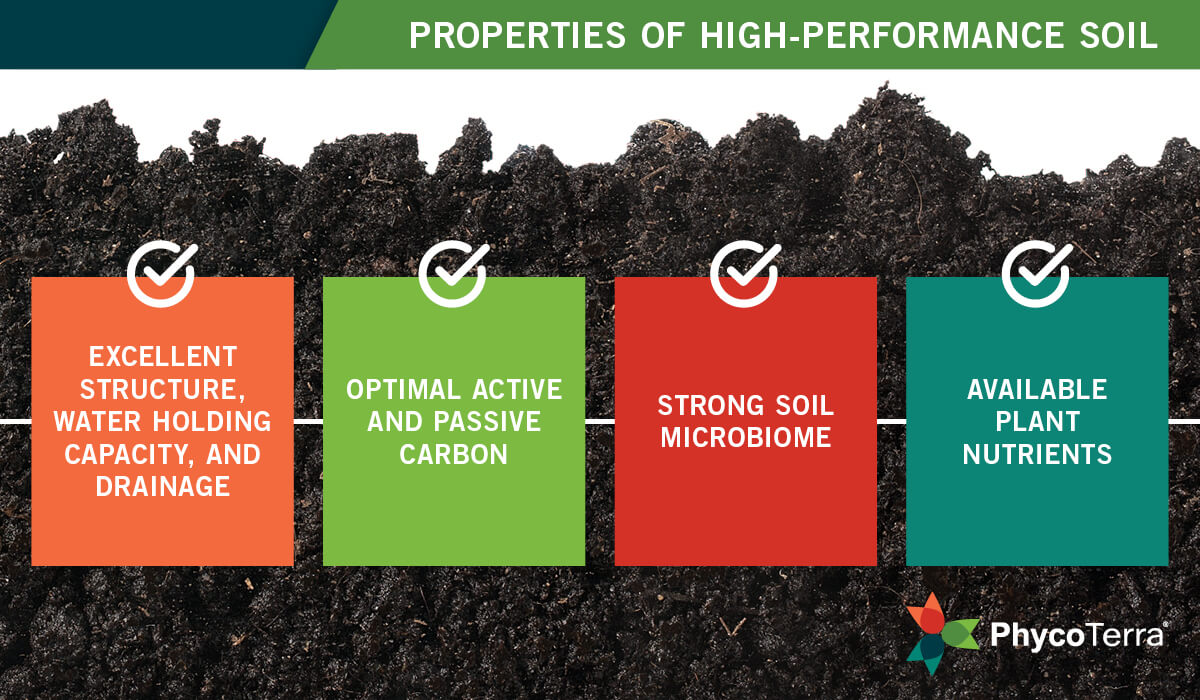Crop Protection 2024: A Three-Pronged Approach to Success
Although the crop protection has always experienced change based upon its nature, things have gotten markedly more complicated in recent years. In fact, according to Darren Dillenbeck, Vice President and President of FMC North America at FMC Corp., the industry today is vastly different than it was when he first began his career 27 years ago.
“Back in 2000, there was a lot less technology and planning/foresight put into the crop protection business, particularly on the supply management side of things,” says Dillenbeck. “I look at the way this is done today — being more integrated across the chain using various automated systems to keep track of things — and I realize just how far the ‘just-in-time’ mindset has morphed over the past decade or so into one of making sure you have the products on hand well in advance of needing them has become the norm. It’s been a real game changer. And it’s been the most challenging these past 24 to 48 months, particularly with the depths of these market swings — from inventory/supply chain shortages to the sudden influx of products that came into the market all at once.”
Of course, for the crop protection industry to be dealing with all these fundamental market changes in such a short time period begs the question: Why now? According to Brian Bishop, U.S. Marketing Leader — Crop Protection at Corteva Agriscience, it isn’t that hard to figure out, given what the industry — and entire world, for that matter — has lived through since the start of the 2020s.
“The challenges the crop protection industry faced during the COVID pandemic taught us a lot,” says Bishop. “People across the board learned new ways of doing business and this was very different than the systems that were in place before that time. And truthfully, the industry probably won’t go back to doing the things the way it did before COVID anytime soon.”
David Elser, Region Head, North America at UPL NA, Inc., agrees. “If you look back two to three years, the world was suffering from many historic events, such as COVID,” says Elser. “This caused substantial supply chain disruptions. This made everyone in agriculture — from growers to suppliers to ag retailers — think about buying everything they needed to do business 15 to 18 months in advance, rather than just a few weeks forward.”
Myriad Challenges

From the Covid pandemic and supply chain disruption to countless lawsuits and pest pressures, major crop protection companies like BASF have faced myriad challenges in recent years.
Besides supply chain issues, the crop protection industry has faced other daunting challenges over this same time span. For example, numerous times over the past few years, crop protection companies and their products have battled countless lawsuits regarding label registrations and alleged personal injuries through usage. This includes litigation against glyphosate/Bayer Crop Science and dicamba, which had its label registration revoked just prior to the start of the spring 2024 application season. Of course, these challenges took place on top of the ones the industry is used to dealing with each-and-every growing season — extreme weather events, lingering droughts/excessive rainfall, and new pest pressures.
Still, if there’s a positive from all this negativity for the crop protection business, Paul Rea, Senior Vice President, Agricultural Solutions, North America at BASF Corp., says it comes from the industry being nimble.
“When I look at today’s business, I see opportunity going forward,” says Rea, dropping the first keyword in today’s crop protection industry. “Farmers are getting very good at planning ahead to keep increasing their crop yields. And the way many of them are doing this is by using the right technologies in their fields. We think there are a lot of good innovations from us that will drive the marketplace and propel us forward.”
Staying nimble and innovative manifests in other ways at BASF, such as responding to new disease threats, notes Kim Tutor, Technical Marketing Manager for Corn and Wheat Fungicides.
Corn tar spot in the U.S. (namely Phyllachora maydis) was first identified in 2015 and as of last year had spread upwards of 19 states.
“It’s spreading quickly and seriously impacting yield,” up to 50, 60, and 70 bushels per acre yield loss, says Tutor. Moreover, “Tar spot has been especially problematic because farmers weren’t familiar with it. It’s something they hadn’t seen before.”
The long latency period for tar spot in corn, which is typically two to three weeks, makes it extra destructive. It robs the plant of nutrients, water, and produces toxins in the plant that lowers its photosynthentic capability.
“You can’t wait until you see symptomology; at that points it’s often too late. It requires a proactive approach,” she says.
BASF’s solution, Veltyma, is the number one fungicide for controlling tar spot, explains Tutor.
“The beautiful thing is that Veltyma not only provides superior disease control against tar spot it also provides coverage against gray leaf spot, Northern corn leaf blight, Southern corn leaf blight, and Anthracnose rust, to name a few.”
BASF’s performance-driven fungicides — Veltyma, Revytek, and Revylok — provide multiple benefits, including disease control, optimized growth efficiency, and environmental stress mitigation.
“These three attributes are what deliver consistent performance across geography and over time, because you never know what stress your crop is going to encounter from year to year,” says Tutor.
She says that the number of treated acres across the U.S. continues to increase. Corn and soybean farmers are treating more of their acres, “and generally speaking, fungicides are becoming part of agronomic business plans. It’s no longer a question of if farmers are going to treat, but when they’re going to treat, and optimizing that timing.”
An Eye on Innovation

In today’s agricultural world, innovation is key for leading crop protection companies like Corteva.
Innovation is another keyword for crop protection companies in today’s agricultural world. In truth, this has been the case for the industry throughout its history, as new field pests have appeared, or older ones have adapted to previously effective chemistries. This is why, says Jessica LaRocca, Research & Development at Corteva, crop protection companies such as hers spend millions of dollars per day on finding/perfecting new products for customers.
“Nothing ever gets easier,” says LaRocca. “Growers need tools, and their needs change over time as it’s become more challenging to grow food on less land with climate change. To keep up with these demands, we have to provide more innovative solutions in such areas as crop protection, seed traits, and, more recently, biologicals.”
According to the crop protection companies, many new innovations are just over the horizon and should begin appearing in the ag marketplace between now and the end of the decade. This includes Resicore REV herbicide from Corteva and Dodhylex Active from FMC, which features a completely new mode of action for weed control in rice.
Another upcoming product of particular note is Ethos Elite LFR insecticide/biofungicide from FMC. According to Neil Young, Insecticide and Biological Portfolio Manager for the company, Ethos Elite LFR insecticide/biofungicide is a combination of three different active ingredients — an insecticide and a pair of biofungicides.
The Importance of Communications
However, product innovations can be problematic for today’s crop protection companies given how vigorously certain groups have challenged their registrations/usage in courtrooms over the past few years.
“It’s something we’ve been focused on as an industry for a lot of years now,” says FMC’s Dillenbeck. “It’s not a new thing. This requires constant attention, working with our people in the industry to make certain everyone is saying the same, consistent message to everyone we deal with.”
Of course, offering up a consistent message falls under the third keyword in today’s crop protection industry — communications. Luckily, the industry has enjoyed some success in this area. Take, for example, the introduction of the Enlist Weed Control System from Corteva back in 2017. According to Eric Scherder, Ph.D., U.S. Crop Protection — Commercial Launch Leader, because the Enlist system was new, the company used a variety of communication tools to let the industry, potential customers, and the public know what the product was, how it was supposed to perform, and attempt to answer any questions that might arise in the process.

An effective way for leading crop protection companies like FMC to communicate a new product’s safety is to work with the trusted advisors to the grower-customers: ag retailers.
To accomplish this, says Shane Hyman, Product Manager, Corteva used many different ways to communicate its message. “There are lots of ways to educate someone about your product, from online messaging to product videos to social media, paired with traditional methods such as print,” says Hyman. “That’s how we got our message out on the benefits of the Enlist system.”
According to FMC’s Dillenbeck, another effective way to communicate a new product’s safety is to work with the trusted advisors to the grower-customers: Ag retailers.
“Retailers have the expertise and relationships with growers in the industry; always have,” he says. “We want to cultivate those. We want to help them get these kinds of messages across when it comes to new products and what our company is offering its customers.”
Looking a bit further out to what the upcoming years might hold for the crop protection market, Dillenbeck thinks it will be more of the same. “We’re all farmers at heart,” he says. “We all think optimistically that each year to come will be better in some ways than the last one, because of [fill in the blank]. And if it’s not, we adapt as best we can.”
Corteva’s Bishop agrees. “We are always optimistic,” he says. “We make sure we have a clear path for what the farmer needs in the way of solutions to their field problems, and we as a company are helping to bring those solutions to the market as quickly as we can.”
Common Thread: Sustainability
Sustainability is ubiquitous in agriculture. From farmers who are stewards of the land to the companies focused on developing crop protection products that are effective while reducing the impact on the environment.

Leading crop protection companies like Syngenta have made sustainability a major priority. Photo: Mike Micciche of Micciche Photography
Liz Hunt, Head, Sustainable & Responsible Business at Syngenta, says the company’s commitment to sustainability comprises four priorities.
The first is higher yields/lower impact. Improving crop productivity for farmers is important to addressing societal challenges such as access to food and food security, while simultaneously reducing the impact on the planet through more sustainable technologies.
According to Eric Honeycutt, Syngenta’s Digital Ag Solutions Marketing Lead, digital solutions such as Cropwise Sustainability help farmers quickly assess their farm-level sustainability score and see how their operation compares to peers. It also helps identify actionable opportunities and best practices across six sustainable outcomes.
In addition, Cropwise Sustainability allows farmers to share results with others in the value chain if they wish, says Honeycutt.
Syngenta’s second sustainability priority is regenerate soil and nature, which aims to promote regenerative agriculture practices to help farmers improve productivity, soil health, biodiversity, and manage a changing climate.
Improving rural prosperity is the third priority, a commitment to keeping our farming communities thriving and meeting the needs of under-served farmers through access to inputs, knowledge, finance, and markets.
The final priority is sustainable operations. Hunt explains that “looking within our four walls to see how we can improve our operations” is the starting point.
Syngenta’s targets include reducing Scope 1 and 2 emissions by 38% by 2030 vs. 2022; and setting Scope 3 emissions target, starting with Syngenta Crop Protection and Syngenta Seeds by 2025.
Additionally, maintaining high health and safety standards is a top priority across all of Syngenta’s manufacturing sites.







